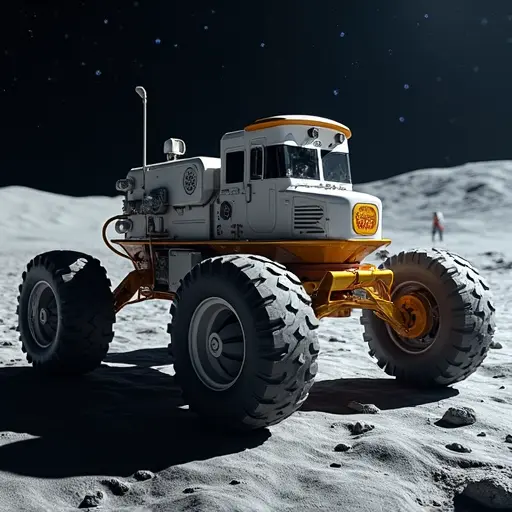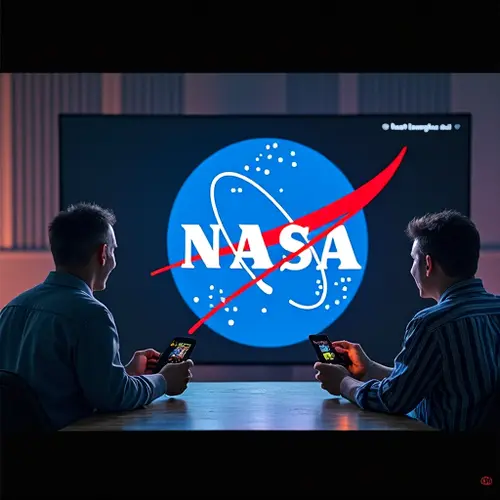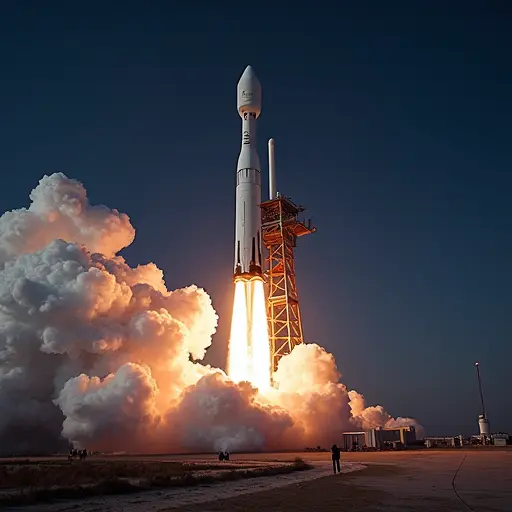
Historic Agreement for Lunar Exploration
NASA and Japan have signed a landmark agreement to advance their space collaboration, with Japan designing and operating a pressurized rover for future Moon missions. Signed on April 9, 2024, this deal includes NASA launching the rover and providing two opportunities for Japanese astronauts to land on the lunar surface.
The Lunar Rover Capabilities
The Japanese-developed rover will serve as a mobile habitat and laboratory, accommodating two astronauts for up to 30 days during missions near the Moon's South Pole. Its pressurized environment will enable extended scientific exploration of geologically diverse areas impossible to reach on foot. NASA plans to deploy this rover starting with Artemis VII missions, expecting it to operate for approximately 10 years.
First Non-American on the Moon
President Biden and Prime Minister Kishida announced a shared goal: "A Japanese national will be the first non-American astronaut to land on the Moon" on future Artemis missions. This milestone represents a significant expansion of international participation in lunar exploration beyond the traditional NASA astronaut corps.
Artemis Program Context
This collaboration strengthens NASA's Artemis program, which aims to establish sustainable human presence on the Moon. Current mission timelines include Artemis II (crewed lunar flyby) in 2026, Artemis III (human landing) in 2027, and subsequent missions building toward permanent infrastructure. The pressurized rover will become integral to later Artemis missions, enabling longer-duration expeditions.
NASA Administrator Bill Nelson emphasized: "America no longer will walk on the Moon alone. With this new rover, we'll uncover groundbreaking discoveries that benefit humanity." Japan's Science Minister Masahito Moriyama added that this marks "a new era of Japan-U.S. partnership for lunar exploration."
Broader Space Cooperation
The agreement builds on the 2023 Framework Agreement for space collaboration, which includes Japanese contributions to the Lunar Gateway's life support systems and cooperation on missions like Dragonfly (to Saturn's moon Titan) and the Nancy Grace Roman Space Telescope. JAXA President Hiroshi Yamakawa confirmed the rover will be "a powerful contribution to the overall Artemis architecture."

 Nederlands
Nederlands English
English Français
Français Deutsch
Deutsch Español
Español Português
Português







